Printers for printing on cardboard: requirements, selection and operating rules
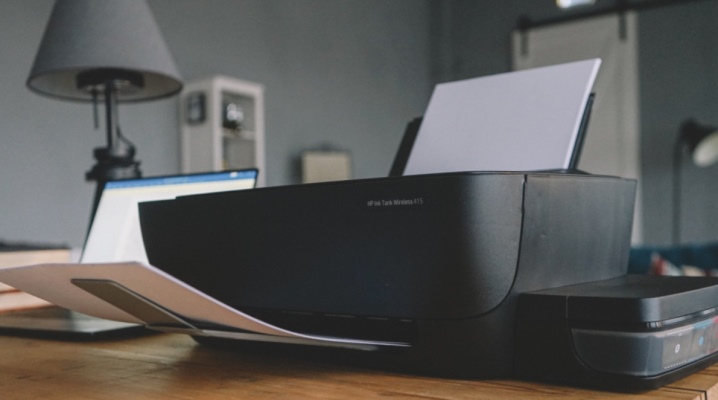
From time to time in any office there is a need to print data on a sheet of cardboard. But not all modern printers can handle paper of this high density and thickness. Therefore, it is worthwhile to familiarize yourself with the basic requirements for printers for printing on cardboard, as well as consider the rules for their operation and advice on choosing the right model.
Views
Currently, these types of techniques are used for printing on cardboard and other thick substrates.
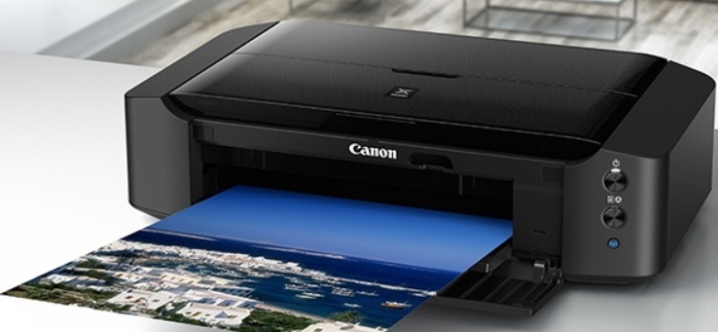
Regular printer
Not every printer is suitable for printing on cardboard. This is due to the peculiarities of the sheet transport mechanism and the printing principle. To print on paper heavier than 100 g / m2, the printer must have a straight paper feed from the tray to the cartridge without kinking. Almost any front-fed inkjet or laser printer is capable of printing on thin board up to 2mm thick.

It should be noted that inkjet printers do not work well with paper weighing more than 150 g / m2, while lasers generally provide acceptable print quality on media up to 250 g / m2.
Practice shows that office printers such as:
- inkjet printer Epson L-800;
- inkjet MFP Canon PIXMA MG-3540;
- HP Deskjet Ink Advantage inkjet printer;
- monochrome inkjet version of the Epson M-100;
- color laser model HP Color LaserJet 4700.


On such devices, you can print on cardboard with a density of up to 320 g / m2 and a thickness of up to 3 mm.
Digital printing machine
This category of devices represents high performance large format laser printer, featuring a straight-through sheet feed and the ability to handle very high-density media.
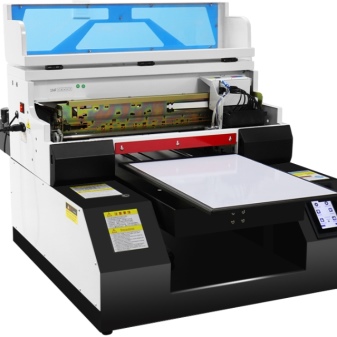

Offset Printing Machine
This printing method is one of the most common in the industry and is most often used for printing text and images on packaging cardboard. The essence of the method consists in preliminary application of paint on a rotating offset drum, which is then pressed against a sheet of paper. This method provides very high print speeds with fairly high image quality (higher than office printers).
It makes sense to use this method for very large circulations, since such machines are usually installed only in printing houses and in large production facilities. Besides, prepress preparation of the layout and the machines take a lot of time.
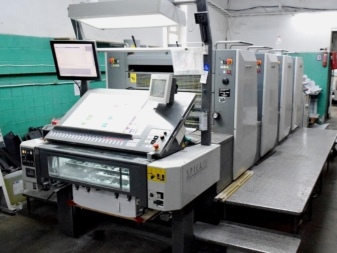
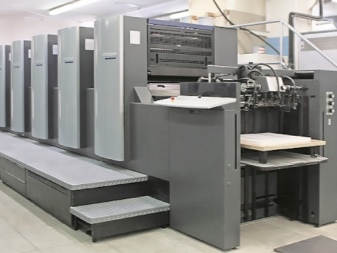
Flexography
Flexographic printing is not yet very common even in advanced printing houses, but it is this method that allows you to apply images to almost any material, regardless of its density. The essence of the method consists in applying a layer of paint on a flexible matrix made of photopolymer... Further, the paint is transferred from the matrix to the surface to be treated, and the contact pressure is noticeably lower than that of other rotary methods. Currently, flexographic devices are mainly available for companies engaged in large-volume printing of packaging on cardboard and polyethylene.
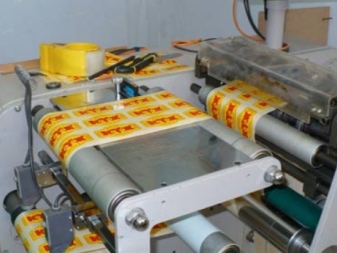
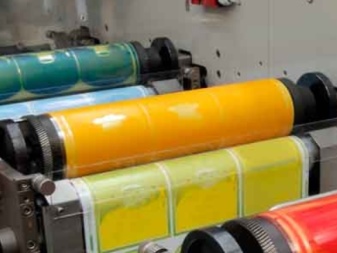
Requirements
A printer that prints on cardboard must have direct feeding of sheets to the printing unit. The driver of such a printer must provide special printing mode "cardboard"... Its cartridge must be filled with quick dry ink or toner.The latter parameter is especially important for inkjet printers, because slow ink drying can lead to sagging.

Choice
When choosing a printer, you should focus on the maximum paper weight and thickness specified in its technical description. In this case, it is worthwhile to decide in advance on the range of tasks that you are going to solve with the help of the printer. This will help the relationship between the density of the cardboard and its purpose.
- Up to 200 g / m2 - such cardboard is a thickened paper, therefore it can be used for a wide range of design and printing tasks, for example, printing brochures, business cards, booklets, flyers. Almost all types of front-fed office laser printers work well with such media, so special attention should be paid only to the absence of bending of the sheets when feeding the paper.
- 200 to 400 g / m2 - relatively thin cardboard used both in printing and design, and for packaging. Printing on such media will require a careful approach to choosing a printer, since not all inkjet and even front-fed laser models do a good job of printing on such media. If the range of tasks involves printing on such cardboard, it is worth paying special attention to the maximum paper weight declared by the printer manufacturer that can be used for printing.
- 400 to 1200 g / m2 - this is the density of packaging cardboard, for printing on which specialized equipment is used. No other office printer is simply capable of feeding sheets of this density and providing acceptable image quality.

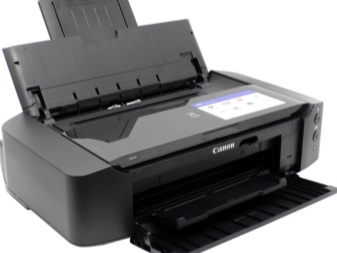
Exploitation
Before using the printer to print on media, make sure it can be inserted into this device at all. To do this, you need to compare maximum paper weight and thickness, specified in the instructions, with the density and thickness of the media.
If the thickness of the cardboard exceeds the maximum allowable value, at best, it will jam and damage, and at worst, it will damage the printer.
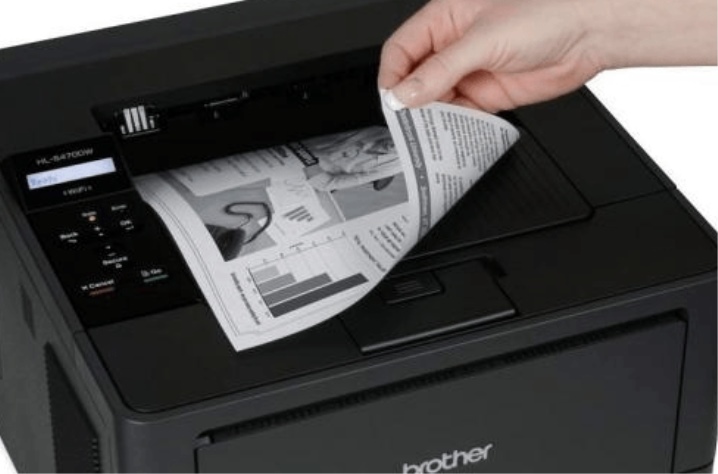
In the device settings it is necessary to specify the "print on cardboard" mode. If you try to use the plain paper mode, black stripes may be printed on the cardstock instead of the image. Cardboard should always be loaded into the top tray of the printer. When inserting a piece of cardboard into the tray, align it as much as possible and clamp it using the scale bars to avoid distortion. If the pinch roller fails to pick up the sheet, try helping it with your hands. Pay attention to the force of pressing, it should not be too strong.
The following video explains how to print on thick paper.













The comment was sent successfully.